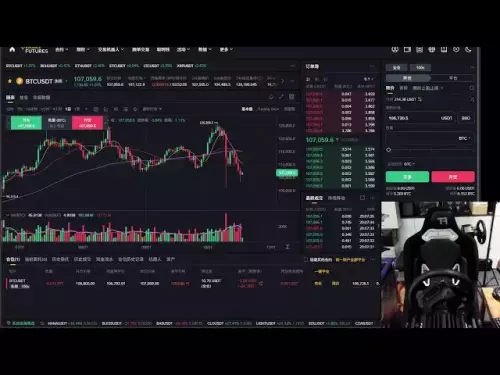-
 bitcoin
bitcoin $106975.071866 USD
-0.29% -
 ethereum
ethereum $3871.670850 USD
-0.07% -
 tether
tether $1.000261 USD
-0.01% -
 bnb
bnb $1084.417621 USD
-0.50% -
 xrp
xrp $2.348167 USD
0.82% -
 solana
solana $185.621736 USD
0.45% -
 usd-coin
usd-coin $0.999833 USD
-0.04% -
 tron
tron $0.313423 USD
0.81% -
 dogecoin
dogecoin $0.188856 USD
0.54% -
 cardano
cardano $0.630416 USD
-0.49% -
 hyperliquid
hyperliquid $36.506353 USD
2.24% -
 ethena-usde
ethena-usde $0.999584 USD
-0.01% -
 chainlink
chainlink $16.750026 USD
-0.77% -
 stellar
stellar $0.313373 USD
0.37% -
 bitcoin-cash
bitcoin-cash $465.978560 USD
-1.57%
How do blockchain oracles work?
Blockchain oracles bridge smart contracts with real-world data, enabling automated, trustless execution based on external events like prices, weather, or sports results.
Aug 13, 2025 at 12:08 am

What Are Blockchain Oracles?
Blockchain oracles serve as trusted bridges between blockchains and the external world. While blockchains are designed to be secure and deterministic, they cannot natively access data outside their network. This limitation means smart contracts running on a blockchain cannot react to real-world events such as stock prices, weather conditions, or sports results unless that data is provided through an external source. Blockchain oracles solve this problem by fetching, verifying, and delivering off-chain data to on-chain smart contracts.
An oracle is not a data source itself but rather a data delivery mechanism. It can retrieve information from APIs, databases, IoT devices, or even other blockchains. Once the data is obtained, the oracle formats it into a blockchain-readable format and submits it as a transaction. This process enables smart contracts to execute based on real-world inputs. For example, an insurance smart contract could automatically pay out if an oracle reports that a flight was delayed.
There are different types of oracles based on direction of data flow and degree of trust. Inbound oracles bring external data to the blockchain, while outbound oracles send data from the blockchain to external systems. Oracles can also be categorized as software oracles, which connect to online sources, or hardware oracles, which interface with physical devices like sensors.
How Do Oracles Fetch External Data?
The process of retrieving external data involves several coordinated steps. First, a smart contract emits an event requesting specific data, such as the current price of Bitcoin in USD. This event is monitored by oracle nodes that are designated to respond to such requests.
- The oracle node identifies the data request and determines the appropriate external source, such as a financial API like CoinGecko or Bloomberg.
- It sends an HTTPS request to the API endpoint to retrieve the latest data.
- Upon receiving the response, the oracle node validates the data’s integrity, often using cryptographic signatures or consensus mechanisms if multiple nodes are involved.
- The validated data is then formatted into a transaction payload compatible with the target blockchain.
- Finally, the oracle broadcasts the transaction to the blockchain network, where it is confirmed and becomes part of the immutable ledger.
Some oracle networks use decentralized aggregation to enhance reliability. Instead of relying on a single node, multiple nodes independently fetch the same data, and the final value is determined by a median or average. This approach reduces the risk of manipulation or failure from any single source.
Types of Blockchain Oracles
Oracles vary significantly in design and trust model. Centralized oracles are operated by a single entity and act as a sole data provider. While they are simple to implement, they introduce a single point of failure and are vulnerable to manipulation or downtime. Despite these risks, they are often used in early-stage or low-stakes applications due to their simplicity.
Decentralized oracles, on the other hand, distribute the data retrieval and validation process across multiple independent nodes. Networks like Chainlink use a decentralized oracle network (DON) where nodes are staked with cryptocurrency. If a node provides incorrect data, it risks losing its stake through slashing mechanisms. This economic incentive aligns node behavior with accuracy and reliability.
Another classification is inbound vs. outbound oracles. Inbound oracles, the most common type, deliver external data to smart contracts. Outbound oracles allow smart contracts to trigger actions outside the blockchain, such as sending a signal to a payment processor or updating a legacy database. Cross-chain oracles facilitate communication between different blockchains, enabling interoperability. For example, an oracle might relay the state of a token balance on Ethereum to a smart contract on Polygon.
Security Challenges and Mitigation Strategies
Oracles are often considered the weakest link in smart contract security because they introduce external dependencies. If an oracle is compromised, the smart contract relying on it may execute incorrectly, leading to financial loss. One major risk is data source manipulation, where an attacker influences the API or feed that the oracle uses.
To mitigate this, oracle networks implement several safeguards:
- Data source diversity: Oracles pull from multiple independent APIs and aggregate results to reduce reliance on any single provider.
- Node reputation systems: Nodes that consistently provide accurate data gain higher reputation scores and are more likely to be selected for future queries.
- Cryptographic proofs: Some oracles use zero-knowledge proofs or Merkle proofs to verify the authenticity of data without revealing the entire dataset.
- Staking and slashing: Nodes must lock up tokens as collateral. If they submit fraudulent data, they lose their stake.
Another concern is timing delays. If data is stale or delayed, the smart contract may act on outdated information. To address this, many oracle services offer heartbeat mechanisms that push updates at regular intervals, ensuring data freshness.
Use Cases of Blockchain Oracles
Oracles enable a wide range of decentralized applications (dApps) by providing real-world data. In decentralized finance (DeFi), price oracles are essential for lending platforms like Aave or Compound. These platforms use oracle-fed asset prices to determine collateral values and trigger liquidations when loans become undercollateralized.
In prediction markets like Augur or Polymarket, oracles report the outcomes of real-world events—such as election results or sports scores—so that winning bets can be automatically settled. Without oracles, users would have to manually dispute outcomes, undermining the trustless nature of the system.
Supply chain dApps use oracles to verify the authenticity and location of goods. A hardware oracle connected to a GPS tracker can report a shipment’s arrival at a warehouse, triggering a smart contract to release payment. Similarly, in insurance, oracles can verify weather data to automate payouts for crop insurance in case of drought.
Even gaming and NFTs leverage oracles. A blockchain-based game might use an oracle to inject random numbers from a secure external source, ensuring fairness in loot drops or card draws.
Frequently Asked Questions
Can blockchain oracles be hacked?Yes, oracles can be targeted, especially if they rely on a single data source or node. However, decentralized oracle networks reduce this risk through node distribution, staking mechanisms, and data aggregation from multiple sources.
How do oracles prove data authenticity?Oracles can use cryptographic signatures from trusted data providers, Merkle proofs to verify inclusion in a dataset, or on-chain verification where multiple nodes independently confirm the same result before submission.
Are all oracles free to use?No, most oracle services charge a fee. Users pay in the form of gas fees plus a service fee to the oracle network. For example, Chainlink requires payment in LINK tokens to request data from its nodes.
Do oracles store data on the blockchain?Oracles do not store raw external data permanently on-chain due to cost and scalability. Instead, they submit verified data points as transactions. The blockchain stores only the final value used by the smart contract.
Disclaimer:info@kdj.com
The information provided is not trading advice. kdj.com does not assume any responsibility for any investments made based on the information provided in this article. Cryptocurrencies are highly volatile and it is highly recommended that you invest with caution after thorough research!
If you believe that the content used on this website infringes your copyright, please contact us immediately (info@kdj.com) and we will delete it promptly.
- Eric Trump, Crypto, and Caution: An Aniken Incident Cautionary Tale
- 2025-10-19 12:25:14
- Chainlink's Balancing Act: Bears, Whales, and Key Support Levels
- 2025-10-19 12:25:14
- Chainlink's Tightrope Walk: Bears, Bulls, and the $16 Support
- 2025-10-19 12:30:16
- Arthur Hayes' Maelstrom: A $250M Crypto Buyout Spree Targeting Family Offices
- 2025-10-19 12:30:16
- Decoding Pet Pain: Vet Talk on Misbehaving Pets and Hidden Aches
- 2025-10-19 12:35:11
- Bitcoin, Altcoins, and Crypto Outlook: Navigating Q4 2025's Potential Explosion
- 2025-10-19 12:35:11
Related knowledge
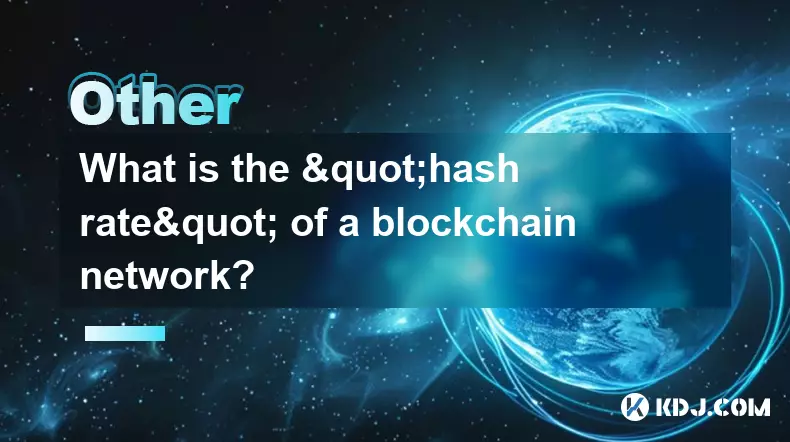
What is the "hash rate" of a blockchain network?
Oct 10,2025 at 03:55pm
Understanding Hash Rate in Blockchain Networks1. The hash rate refers to the total computational power being used to process transactions and mine new...
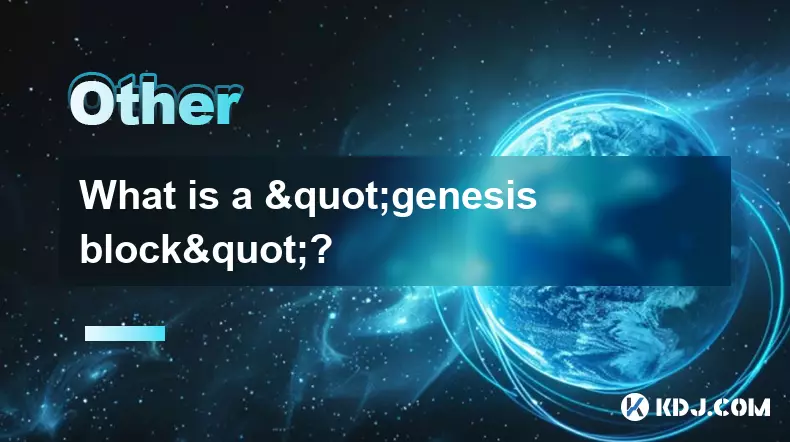
What is a "genesis block"?
Oct 15,2025 at 07:55pm
Understanding the Genesis Block in CryptocurrencyThe genesis block is the very first block in a blockchain network. It serves as the foundation upon w...
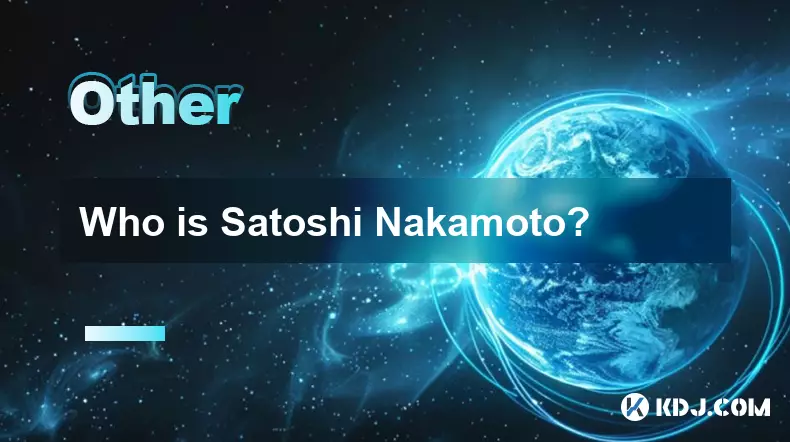
Who is Satoshi Nakamoto?
Oct 15,2025 at 01:01pm
Who is Satoshi Nakamoto?1. Satoshi Nakamoto is the pseudonymous individual or group credited with creating Bitcoin, the first decentralized cryptocurr...
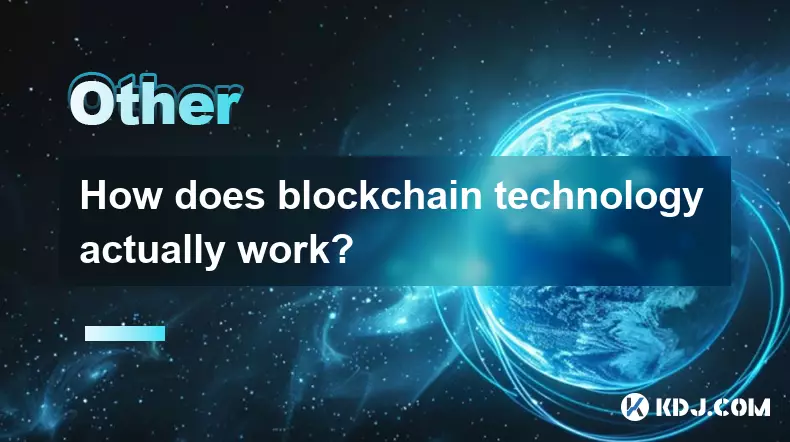
How does blockchain technology actually work?
Oct 11,2025 at 02:36pm
Understanding the Core Mechanism of Blockchain1. At its foundation, blockchain is a decentralized digital ledger that records transactions across mult...
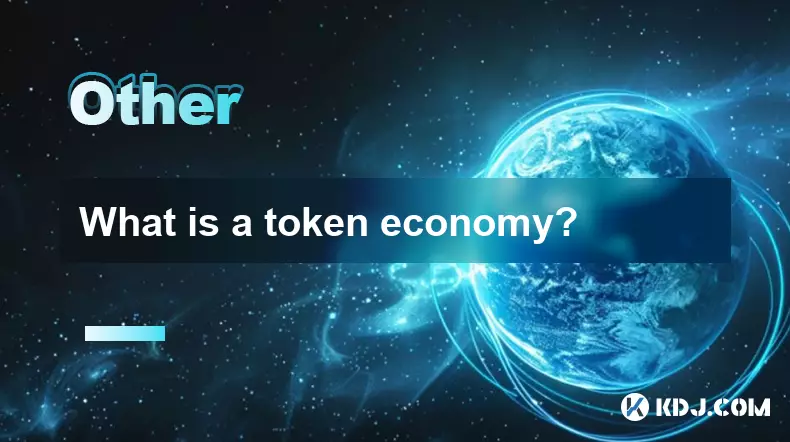
What is a token economy?
Sep 20,2025 at 12:18am
Understanding the Foundations of a Token Economy1. A token economy in the context of cryptocurrency refers to a system where digital tokens are used a...
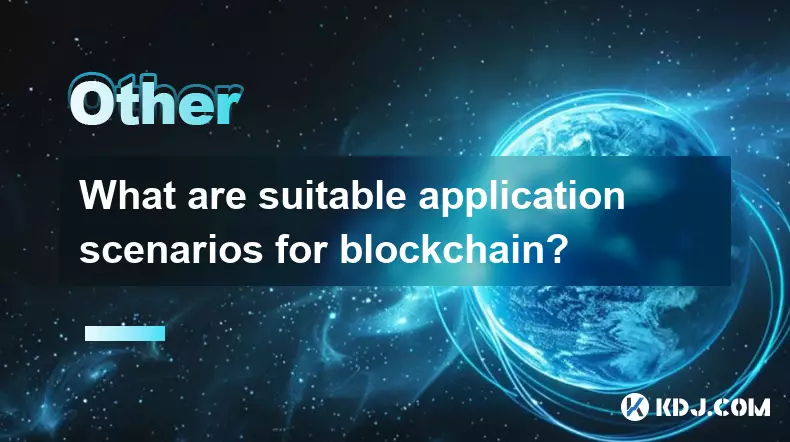
What are suitable application scenarios for blockchain?
Sep 20,2025 at 03:19am
Decentralized Finance (DeFi) Platforms1. Blockchain enables the creation of financial services without centralized intermediaries, allowing users to l...

What is the "hash rate" of a blockchain network?
Oct 10,2025 at 03:55pm
Understanding Hash Rate in Blockchain Networks1. The hash rate refers to the total computational power being used to process transactions and mine new...

What is a "genesis block"?
Oct 15,2025 at 07:55pm
Understanding the Genesis Block in CryptocurrencyThe genesis block is the very first block in a blockchain network. It serves as the foundation upon w...

Who is Satoshi Nakamoto?
Oct 15,2025 at 01:01pm
Who is Satoshi Nakamoto?1. Satoshi Nakamoto is the pseudonymous individual or group credited with creating Bitcoin, the first decentralized cryptocurr...

How does blockchain technology actually work?
Oct 11,2025 at 02:36pm
Understanding the Core Mechanism of Blockchain1. At its foundation, blockchain is a decentralized digital ledger that records transactions across mult...

What is a token economy?
Sep 20,2025 at 12:18am
Understanding the Foundations of a Token Economy1. A token economy in the context of cryptocurrency refers to a system where digital tokens are used a...

What are suitable application scenarios for blockchain?
Sep 20,2025 at 03:19am
Decentralized Finance (DeFi) Platforms1. Blockchain enables the creation of financial services without centralized intermediaries, allowing users to l...
See all articles





















![[4K 60fps] Astral by oc3andark (1 Coin) [4K 60fps] Astral by oc3andark (1 Coin)](/uploads/2025/10/19/cryptocurrencies-news/videos/k-fps-astral-ocandark-coin/68f438453fa33_image_500_375.webp)


